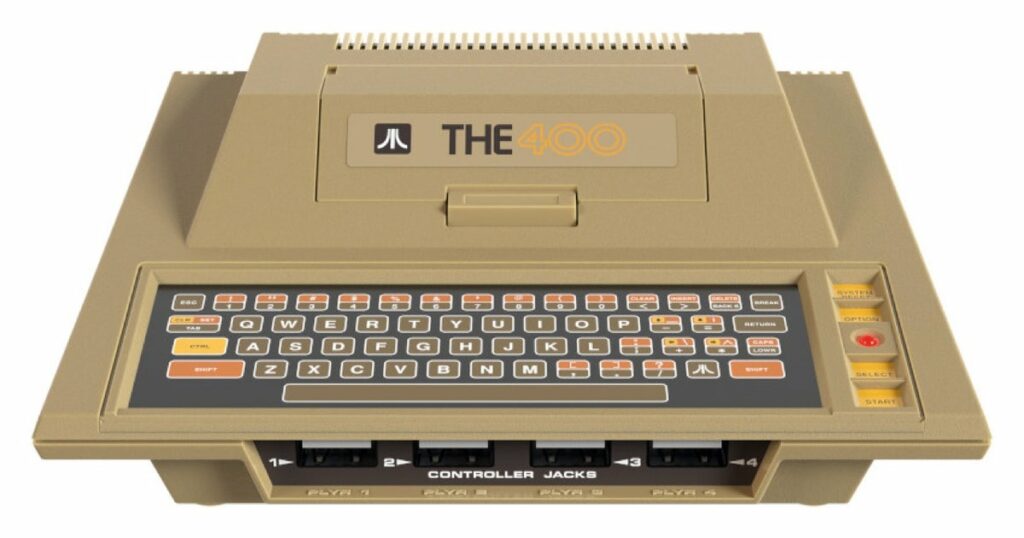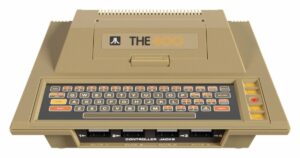In the realm of digital entertainment, the emergence of HTML5 retro themes has ignited a fervent revival of nostalgia while simultaneously integrating contemporary gaming paradigms. As the lines blur between the past and present, these themes not only elicit fond memories but also promise a shift in perspective regarding the evolution of gaming design and interaction. This article delves into the various dimensions encompassing HTML5 retro themes, the inherent technological advancements, and their socio-cultural implications within the gaming community.
At its core, HTML5 acts as a cornerstone for modern web development. The platform transcends previous limitations, enabling developers to create immersive experiences that engage users through seamless interaction. This framework has empowered the resurgence of retro-themed games—titles that echo the simplicity and charm of earlier video games while embracing the richer capabilities of modern technologies.
Prior to the advent of HTML5, gaming was often confined to either simple, archaic designs or advanced graphics that demanded significant hardware resources. The introduction of HTML5 has dismantled these barriers, fostering the capacity to create visually appealing content that is lightweight yet rich in functionality. Consequently, the retro resurgence experienced in recent years is not merely a nostalgic callback; it is a sophisticated reinvention of the past that invites a deeper exploration of gaming’s history.
Each pixel rendered, each sound effect implemented, serves as a conduit through which developers pay homage to the iconic styles of yesteryear.
The appeal of retro themes extends beyond their aesthetic; they resonate with players on an emotional level. Many enthusiasts possess fond memories of engaging with these early titles during their formative years. The revival of these experiences through HTML5 offers a unique opportunity for both retrospective engagement and modern amusement. As players reconnect with gameplay mechanics that were both innovative and simplistic, they are often transported back to a time when gaming was defined by imagination rather than graphical fidelity.
A myriad of factors contributes to the burgeoning popularity of HTML5 retro themes, including accessibility, community engagement, and the embodiment of cultural nostalgia.
Accessibility has become a critical element in the gaming discourse. HTML5 enables games to be played directly in web browsers, eliminating the need for downloads or expensive console hardware. This democratization of gaming opens avenues for wider audiences, inviting individuals from diverse backgrounds to partake in the joy of gaming. Furthermore, this accessibility can catalyze intergenerational gaming experiences, as parents share their childhood games with their children, fostering deeper familial bonds.
In conjunction with accessibility, community engagement further amplifies the interest surrounding retro themes. The nostalgic aspects of these games often lead to collaborative discussions about their lasting impact on popular culture. Online forums, social media platforms, and fan clubs serve as melting pots for enthusiasts to exchange experiences, foster discussions, and reminisce about shared game mechanics. In this digital age, nostalgia becomes a social currency, cementing the collective legacy of classic games and their enduring relevance.
The embodiment of cultural nostalgia within HTML5 retro themes also warrants examination. Video games have emerged as a significant component of modern culture, intertwining with societal values, technological advancements, and artistic expression. When developers evoke retro aesthetics, they activate a cultural dialogue that extends beyond mere entertainment. These themes serve as reflections of their time, encapsulating the zeitgeist of earlier gaming eras while enticing contemporary discourse.
With a rich tapestry woven from cultural threads, HTML5 retro themes also challenge preconceived notions of what constitutes a ‘game.’ The simplicity of retro mechanics encourages innovation, inspiring developers to deconstruct traditional narratives and experiment with participatory and emergent gameplay styles. As a consequence, the revival of these retro elements fosters a renaissance of creativity, urging developers to transcend conventional storytelling and embrace interactive narratives that resonate with players in profound ways.
The evolving landscape of HTML5 retro themes has been characterized by the resurgence of iconic gaming genres. Platforms, puzzles, and side-scrolling games, once staples in the gaming industry, have re-emerged with modern twists. By integrating contemporary visual elements and enhanced sound design, these games remain faithful to their roots while catering to the evolving tastes of today’s players.
One of the more compelling aspects of HTML5 retro games is their capacity for cross-platform play. In an era defined by mobile devices and cloud gaming, the potential for players to engage with these titles seamlessly across devices is revolutionary. This capability ensures that nostalgia is not limited by geographic or temporal constraints; rather, it flourishes within a global community of gamers working to rediscover the magic of classic gameplay.
However, an essential consideration in the discussion surrounding HTML5 retro themes is the importance of preservation. As technology advances, many early games risk being relegated to obsolescence. Digital preservation initiatives have become increasingly relevant, as developers and historians alike recognize the significance of maintaining access to these cultural artifacts. HTML5 serves as a viable medium for preserving not only the game mechanics but also the narratives and artistic styles that shaped the gaming landscape of the past.
A multitude of titles has emerged within the landscape of HTML5 retro themes, illuminating the potential for creative expression and innovation. One standout example is the Atari 400 Mini, which pays homage to the original Atari 400 gaming console by providing an assortment of classic titles in a compact package. The blend of nostalgia and modern gaming paradigms truly encapsulates the essence of what HTML5 retro themes represent. Indeed, this revival invites players to explore the playful spirit of gaming, invoking a longing for simpler times while simultaneously recognizing the advancements of the contemporary gaming landscape.
As the realm of digital entertainment continues to evolve, the intersection of nostalgia and modern gaming is positioned to garner further exploration. HTML5 retro themes facilitate an environment where players can engage with familiar mechanics while benefiting from the resources of current technologies. These themes act as dynamic bridges between past and present, offering avenues for deeper emotional engagement, unifying community experiences, and stimulating innovative narratives that inspire both players and developers alike.
In summation, the advent of HTML5 retro themes signifies a pivotal moment in the exploration of gaming’s legacy. The confluence of nostalgia and modern gaming offers an unparalleled opportunity to reflect on the evolution of interactive entertainment while embracing the spirit of creativity and innovation that defines the industry today. As players navigate this eclectic landscape, they are invited to embark on a journey—one that transcends time and fosters a deeper appreciation for the artistry and cultural significance embedded within the world of video games.


